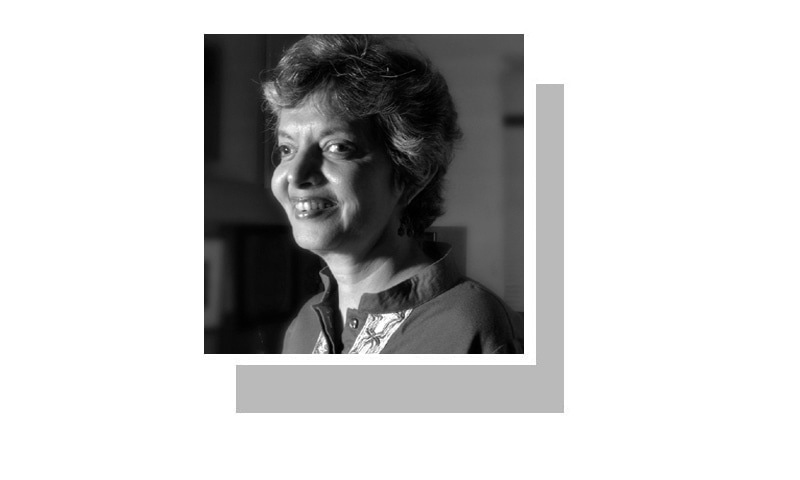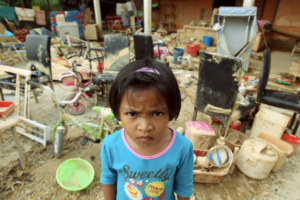In 1896, The New York Times introduced on its masthead the words which went on to become not only its own manifesto but also set the standard by which other newspapers would be judged. The words ‘All the News Fit to Print’ were reportedly chosen in response to the scurrilous content of its two main competitors who were peddling news deemed ‘unfit’ for publishing or what came to be known as ‘yellow journalism’.
As World News Day is observed today, it is interesting to note that terms such as ‘yellow journalism’ are now considered belonging to another time, another generation. So is the case with the idea of ‘objective’ reporting. Current news consumers (no longer necessarily readers) are more familiar with the terms ‘fake news’, ‘keyboard warriors’ and ‘trolling’ and all that they entail. So what is the significance of the day in a contemporary context? Organised primarily by the Canadian Journalism Foundation and WAN-IFRA’S World Editors Forum, with over 500 newsrooms participating, the objective of observing this day is to bring the focus back on journalism that is committed to being fact-based and credible.
However noble the intentions, the current challenges to credible news seem almost insurmountable. At the same time, in today’s crisis-ridden world the need for credible sources of news — and credible voices that convey the news — is greater than ever before. Perhaps even greater than during days of censorship of which journalists in Pakistan have particularly painful memories.
While the phenomenon of fake news has been known to be around for over a century, it was Donald Trump who made it part of the mainstream discourse. He accused critics of peddling fake news about him, while at the same time used it as an effective propaganda tool against his opponents, including journalists. His aide, Kellyanne Conway, went a step further by introducing in the lexicon the idea of ‘alternative facts’, which was actually a euphemism for lies.
The challenges to credible news seem almost insurmountable.
Fake news can only be defeated or countered with fact-based journalism and this is where the importance of professional newsrooms (in newspaper offices or TV/radio channels) is truly felt. However, at a time when social media is overtaking even the traditional electronic media — not to mention print — there is a scramble to be the first to break the news. This often entails compromising on fact-checking. TV channels, in competition for ratings, are also among those peddling fake news even if inadvertently.
So why should anyone care about the news? Does truth in journalism and in reporting actually make a difference in people’s lives? Just going by the threats and violence faced by journalists in the line of duty, fact-based and investigative reporting is upsetting the apple cart of corruption and repression in several parts of the world. The extreme response of those thus exposed earns many countries — including Pakistan — the reputation of being among the ‘most dangerous place for journalists’ by organisations promoting press freedom. In a world where populist leaders are increasingly trampling on people’s rights — and not only in Third World countries — the media’s adversarial and watchdog roles assume greater significance.
It is not only ground-breaking news that has an impact or makes a difference. Not every investigation on the part of journalists can lead to the resignation of a head of state as was the case with The Washington Post and the Watergate scandal involving Richard Nixon.
In the case of Pakistan, for instance, sustained reporting on an issue can achieve far-reaching positive results. We have seen how reports on honour killings (a vile practice unheard of some decades back) helped both in awareness and consciousness raising, leading to human rights groups taking up the issue and campaigning till ultimately the judiciary stopped condoning the practice. Similarly, when the first group of agricultural labour managed to escape from the bondage of feudal landlords in Sindh, it was newspaper reporting that helped HRCP campaign for a law against bonded labour that was passed in 1992.
Journalists in Pakistan may not have covered themselves in full glory with their stories. However, they have shown resilience and resistance when it has mattered most. During the dictatorship of Gen Ziaul Haq, when journalists were not only imprisoned but also flogged they courageously covered the democratic movements — including the Movement for Restoration of Democracy and the nascent Women’s Action Forum. The pictorial coverage of women protesters in Lahore in 1983 being dragged into police vans has become an iconic part of Pakistan’s news history.
However, these are possibly the worst times for those whose jobs it is to convey news. In a highly divisive society and under attack, fairly or not, for being partisan or being a beneficiary of the ‘lifafa’ system, journalists must reiterate their commitment to speak truth to power.
The writer is a human rights activist.
Published in Dawn, September 28th, 2022




